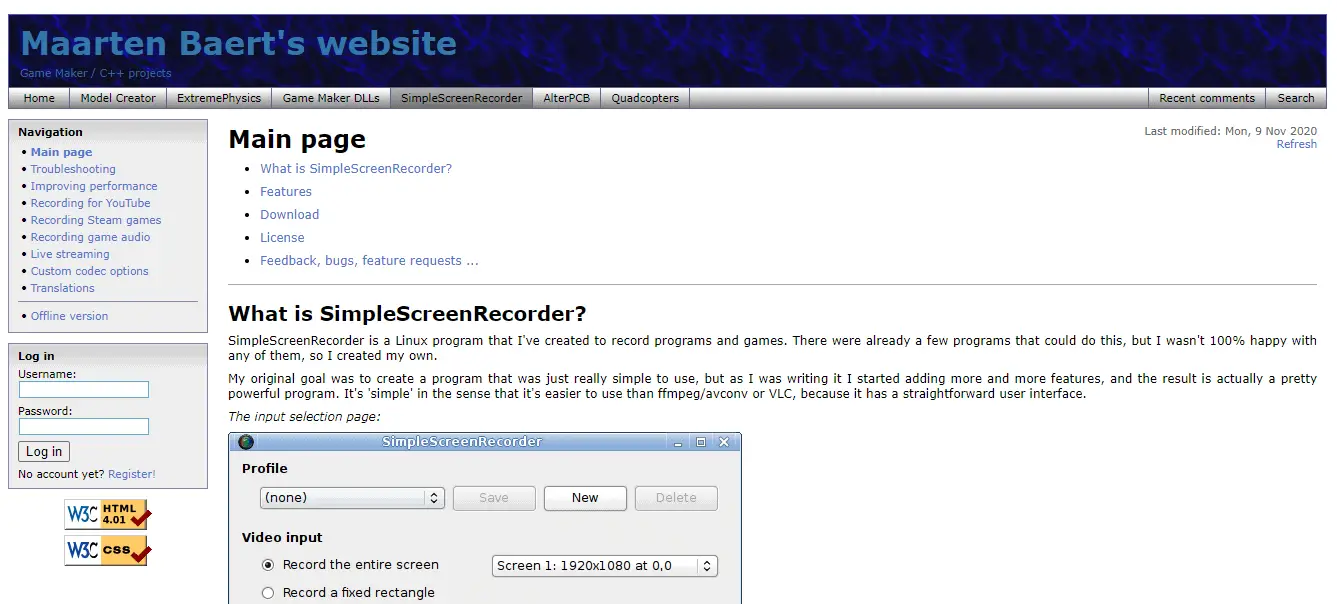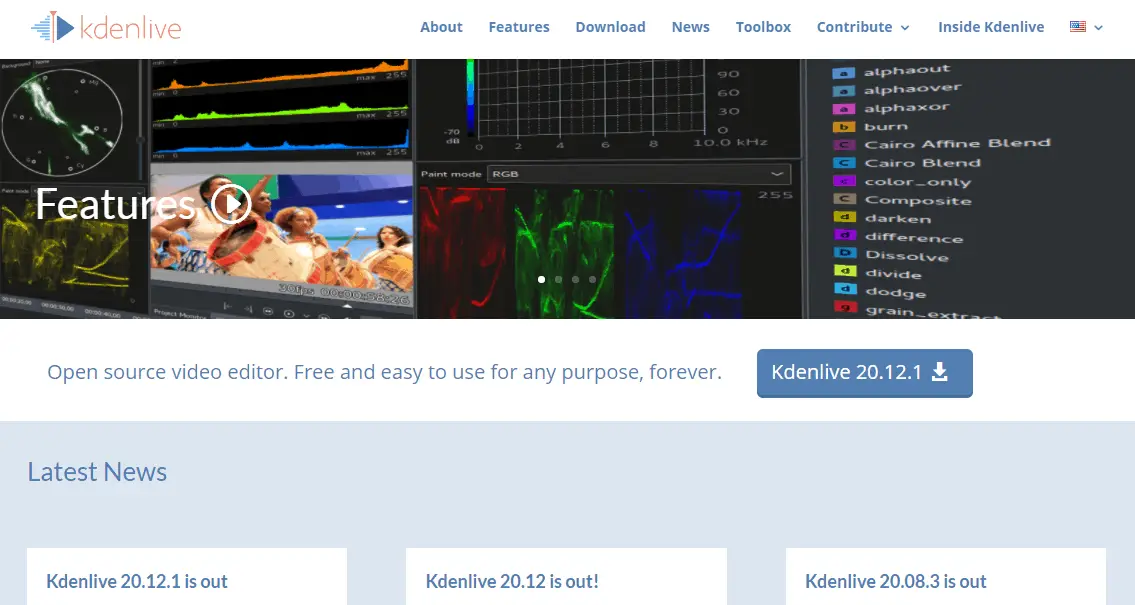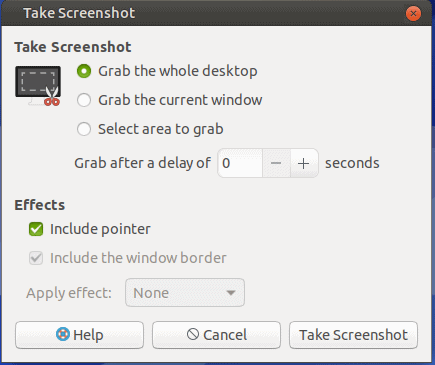Linux has come a long way since its inception back in 1991 when Linus Torvalds released his Linux kernel. Later in 1992, MCC Interim Linux, the very first Linux distribution, came out. Today, dozens of Linux distributions are used for various tasks.
In this article, we will go over five very useful Linux blogging tools that can assist you in writing your posts.
1. Inkscape

Inkscape is free and open-source software that is available in every single Linux distribution. This amazing graphics software can be used for professional logo design and even as an alternative to Adobe Photoshop.
Although Inkscape is not as powerful as Photoshop, you can still use it to create great logos for yourself or your clients. Besides that, Inkscape can also be used to create stunning graphics and even do UI/UX design.
As we said earlier, since it is open-source, Inkscape is available in each Linux distribution including Ubuntu, Debian, Linux Lite, Zorin OS, Elementary, CentOS, Red Hat, and others.
In some Linux distributions, Inkscape is already preinstalled. And the good thing about this software is that it comes with dozens of plugins, textures, text manipulation tools, filters and overlays, glow and light editors, and so much more.
In case you are a beginner and want to learn how to use this amazing software to create cool logos and graphics for your blog or website, check the YouTube channel called Logos by Nick, where you can learn to use Inkscape like a pro.
2. SimpleScreenRecorder

SimpleScreenRecorder is open-source screen-recording software available in every Linux distribution. And although it is lightweight, it still comes with lots of options that you can use.
SimpleScreenRecorder allows you to record the entire screen or just a selected portion of it. Once you have decided what you want to record, all you need to do is click the Continue button and choose the recording format. By default, the video is recorded with sound in high-quality MP4 format (1080p and 30 fps).
This tool is very handy if your blog covers technology, how-to guides, and tutorials for which you want to demonstrate how to use certain applications, explain Linux commands or programming, or solve some technical issues within the Linux distribution itself.
One important thing to note is that the recorded video will be way too large for publishing on your YouTube channel, website, or blog. Therefore you will need a video editor to edit it, add some texts, banners, music, and other informative graphics. And that’s where our next tool, Kdenlive, comes into play.
3. Kdenlive

Kdenlive is an open-source video editing program that you can use for video production and editing. It comes with lots of features such as video and audio timeline, cutting videos at a certain point, adding audio to your videos, overlays, video filters, basic video effects (fade-in, fade-out, slide-in, slide-out), and much more.
I use Kdenlive every time I record a video using the SimpleScreenRecorder. Since recorded video is too large to be published directly on YouTube or a blog, editing it in Kdenlive can make it more usable and smaller in size.
Kdenlive supports video rendering in 1080p HD quality, which is a very good feature of this program. And although it is available in every Linux distribution, this program requires a lot of RAM and (at least) Open Gl v3.0.
When rendering, a good amount of swap memory will come in very handy to help the RAM process your video.
In case you have a low-spec machine, Kdenlive won’t work as intended, and you will experience regular crashes, which is a warning sign that you should upgrade your hardware or buy a more powerful machine. But, if you have a machine with at least 8GB of RAM and a 1GB graphics card, then you should give Kdenlive a try.
4. Screenshot tool

The screenshot tool is available and preinstalled in every Linux distribution. It is a great tool that you can use to take a screenshot of the window currently open or the whole desktop.
When using it, if you want to screenshot a certain part of your screen, you can tick the Select area to grab option, which will automatically save a screenshot of the selected area in .png, jpeg, or bitmap format.
Screenshotting a certain part of your desktop or a website can come in very handy, especially when you are writing about certain software or a Linux distribution review and want to show specific options or features.
The best thing about this software is that it is free, open-source, and available/preinstalled in every Linux distribution so you can use it right away; no need to install other screenshot tools.
5. Google Drive

When it comes to storing images and other files, for blogging purposes, you can use Google Drive. It is free and very well-integrated with most blogging platforms.
I use Google Drive all the time because it allows me to upload all my files to the cloud, and offers 15GB of free storage. Also, since I update my resume regularly, I use Google Drive to share it online so that everyone can see who I am and what I do.
The best thing about Google Drive is that you can access your data whenever you need it, from anywhere in the world, using your computer, laptop, or even smartphone.
Conclusion
Thanks to the tools mentioned above, blogging on Linux can be just as fun as on every other operating system out there. With Inkscape, you can manipulate images and create stunning logos as well as thumbnails. Using SimpleScreenRecorder, you can record high-quality 1080p videos for your how-to guides and tutorials. But before uploading the recorded videos, you can use the Kdenlive video editor to add some graphics, your YouTube channel logo, or text, and to shrink the video size.
Then, using the screenshot tool, you can capture the whole desktop or just a portion of the screen. And finally, all those images, files, and other data, you can upload to and store in your personal Google Drive account so you can access them at any time from anywhere.
Job scraping can easily get you information such as job title, job description, location, and compensation.


